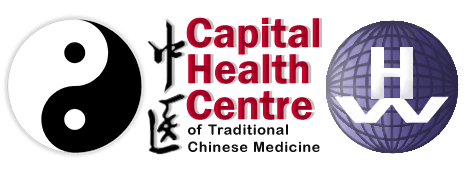Understanding Pain: A Holistic Approach to Managing Chronic and Everyday Discomfort
Pain is a natural part of life and a common experience for many people. It often serves as a signal from your body, indicating that something needs attention. This signal may come in various forms—changes in temperature, blood pressure, breathing patterns, or physical discomfort. While pain can be unpleasant, it can also be useful in helping you understand your body better and take proactive steps toward healing.
These changes within your body that can be observed through the feeling of pain, can help you to become aware of what is happening with your body, so that you have the opportunity to take notice of your symptoms, and seek help. This means that pain can assist you in making you feel more open and connected in understanding how your body and mind are feeling and changing over time. This is the philosophical level to explaining pain, which can hopefully provide you with a grounding feeling, and less of a hopeless feeling, as you can understand that your body is presenting these symptoms for a reason.

Chronic Conditions and Musculoskeletal Pain
For example, Arthritis can be a chronic disease which can occur due to the musculoskeletal system (a major structure in your body) being responsible for the carrying out of too many tasks. This system within your body carries out the thoughts and decisions that you have. These can’t always be performed in a perfect way, as your body can become overused, or you may perform tasks too quickly or too often, which can have a lasting effect on your body. For example, with exercise or a lack thereof, you can make certain parts of your body overused by doing lots of high intensity exercise with limited rest, or you can do a lot of sitting and staying in one position for too long. These actions can be prevented by achieving a normal balance of movement, and gradually progressing in the duration and intensity of movement. In a normal setting, it is also common for typical wear and tear in your body to occur, however the type and frequency of your movement can play a role in how your body experiences pain, and how often.
To understand this concept better, you can view your body through the analogy of a country. A country’s resources can become overused, which can cause imbalances in the economy, in unemployment, and in the resources that are available to the nation. These patterns in resource usage can be recognised, and approaches can be developed to resolve these issues. Similarly, you can recognise the patterns of movement that your body experiences, and take note of the type and frequency of movement to recognise if you are over or under using your body. After realising this, you can then take the initiative to bring balance and variety to your movement. For example, a few basic changes that you can make with your walking include: alternating your movements by walking backwards, sideways, slowly, or by incorporating bending. By adding this variation and creativity into your daily activities, you can move from a variety of different angles, and your approaches to stimulating your body can change, resulting in different muscular movements targeting different areas of your body. This is beneficial for managing how your body is feeling and working in your everyday life.
How the internal and external environments interact can also have consequences for how your body is feeling, and any changes you may observe. Your internal bodily functions are associated with warmth and circulation, and these functions can be affected by the outside environment. This can have an impact on the pace of your circulation, and if the movement of your body is insufficient or excessive, and whether your circulation and qi (energy) moves throughout your body evenly. Because of these changes in your body, alignment issues can arise, contributing to potential pain and discomfort. In Traditional Chinese Medicine (TCM),
pain is often perceived as blockages or an imbalance of Qi and blood in the body. This can be caused by internal imbalances or trauma, while external forces such as coldness, wind, dampness, and dryness can also disrupt the body’s circulation, contributing to the occurrence of pain.

Holistic Pain Management: Beyond Pathology
It is important to treat your body with a holistic view rather than through a pathological lens. Pathological thinking is useful for identifying issues and treatment options in the clinic, however, viewing your body in only this sense can lead to increased worry and unnecessary restriction in your everyday life, which ironically can aggravate the problems you are experiencing.
By connecting with your body, you can learn to gradually accept pain into your life. You can adapt to make changes within yourself, and seek help to work with harmony and your body balance, so that pain can exist within your life in peace.




